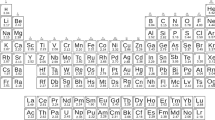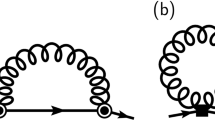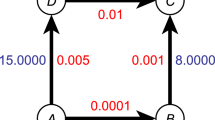Abstract
BANDS in the spectra of neutral and ionised nitrogen show unexplained alternating intensities, and the bands of helium are best interpreted if one assumes that only half the lines are observed, the alternate lines being not merely weak but missing altogether (Mecke, Zeits. f. Phys. 26, 227, 1925; 31, 709, 1925). A similar effect seems to be present in oxygen, although the interpretation is less certain. All these molecules are symmetrical, composed of two like atoms. I wish to suggest that the alternations may be connected with the well-known difficulty of assigning the proper period in quantising the rotation of a symmetrical system (Ehrenfest and Tolman, Phys. Rev. 24, 287, 1924).
This is a preview of subscription content, access via your institution
Access options
Subscribe to this journal
Receive 51 print issues and online access
$199.00 per year
only $3.90 per issue
Buy this article
- Purchase on Springer Link
- Instant access to full article PDF
Prices may be subject to local taxes which are calculated during checkout
Similar content being viewed by others
Author information
Authors and Affiliations
Rights and permissions
About this article
Cite this article
SLATER, J. Alternating Intensities in Band Lines. Nature 117, 555–556 (1926). https://doi.org/10.1038/117555b0
Issue Date:
DOI: https://doi.org/10.1038/117555b0
This article is cited by
-
“Astonishing Successes” and “Bitter Disappointment”: The Specific Heat of Hydrogen in Quantum Theory
Archive for History of Exact Sciences (2010)
Comments
By submitting a comment you agree to abide by our Terms and Community Guidelines. If you find something abusive or that does not comply with our terms or guidelines please flag it as inappropriate.



